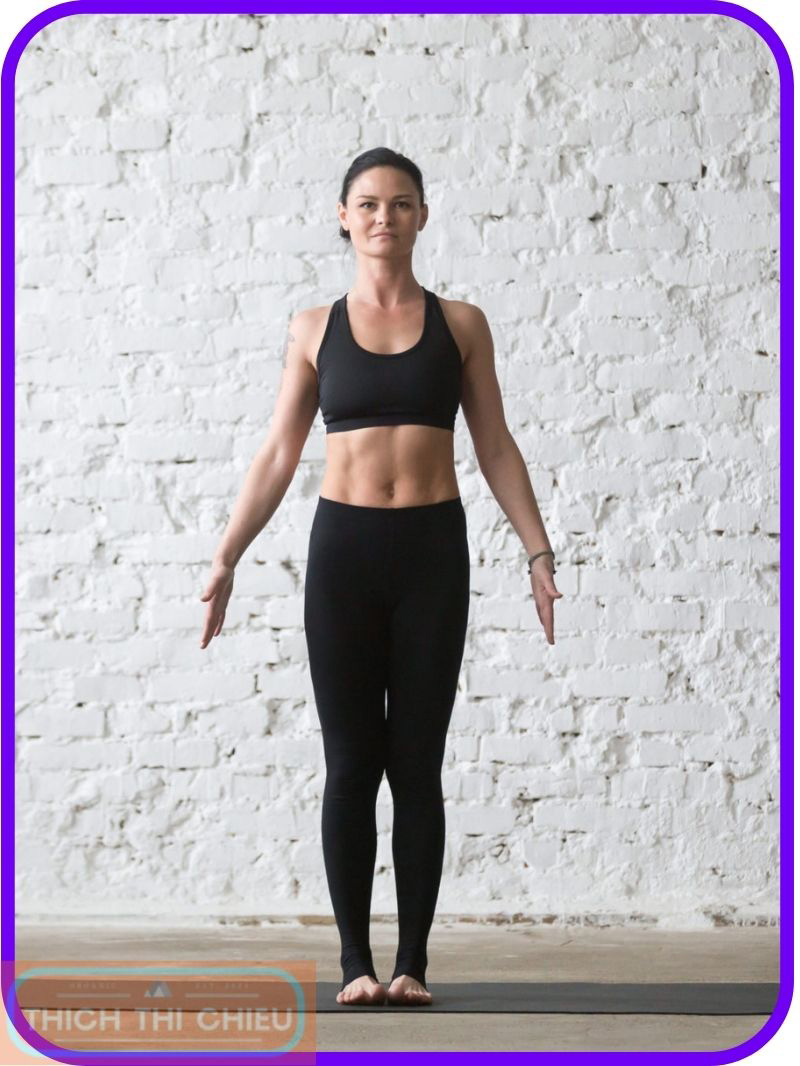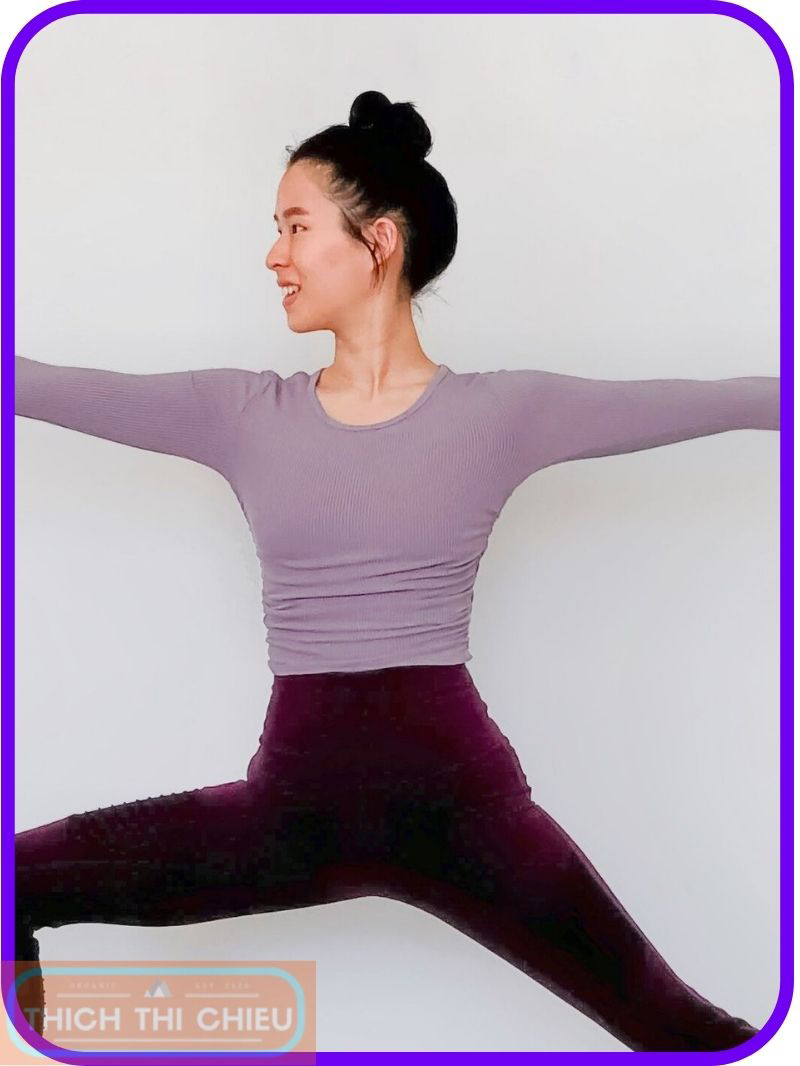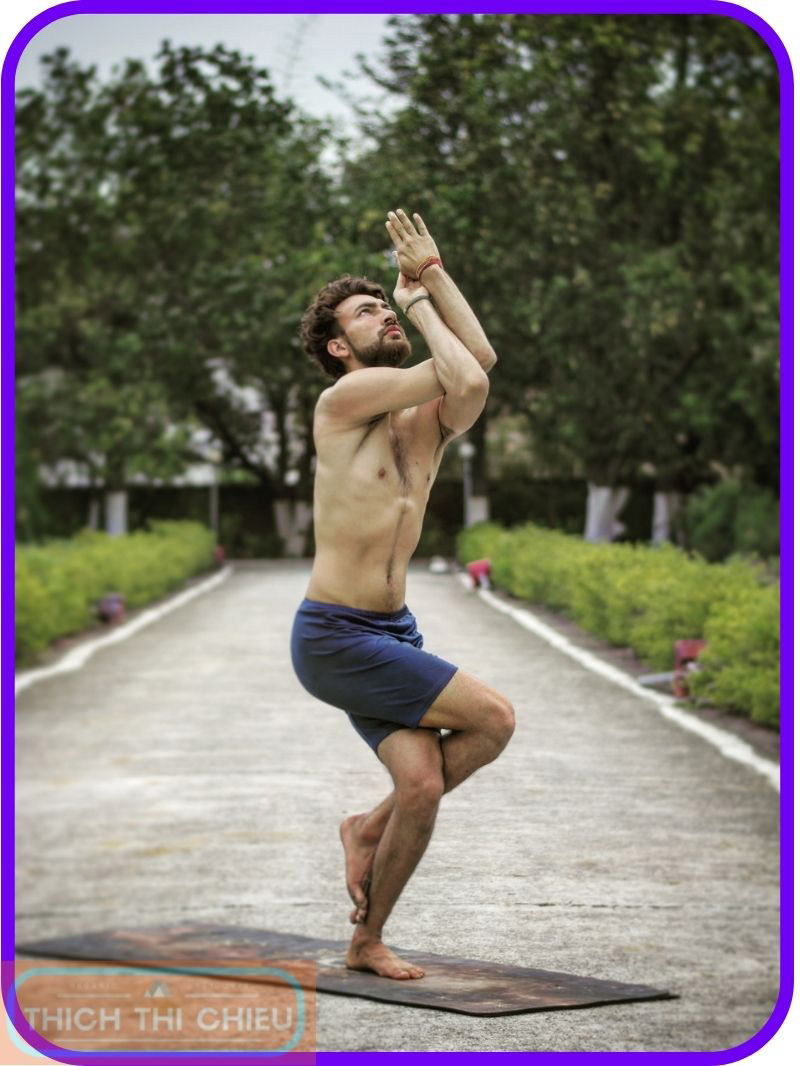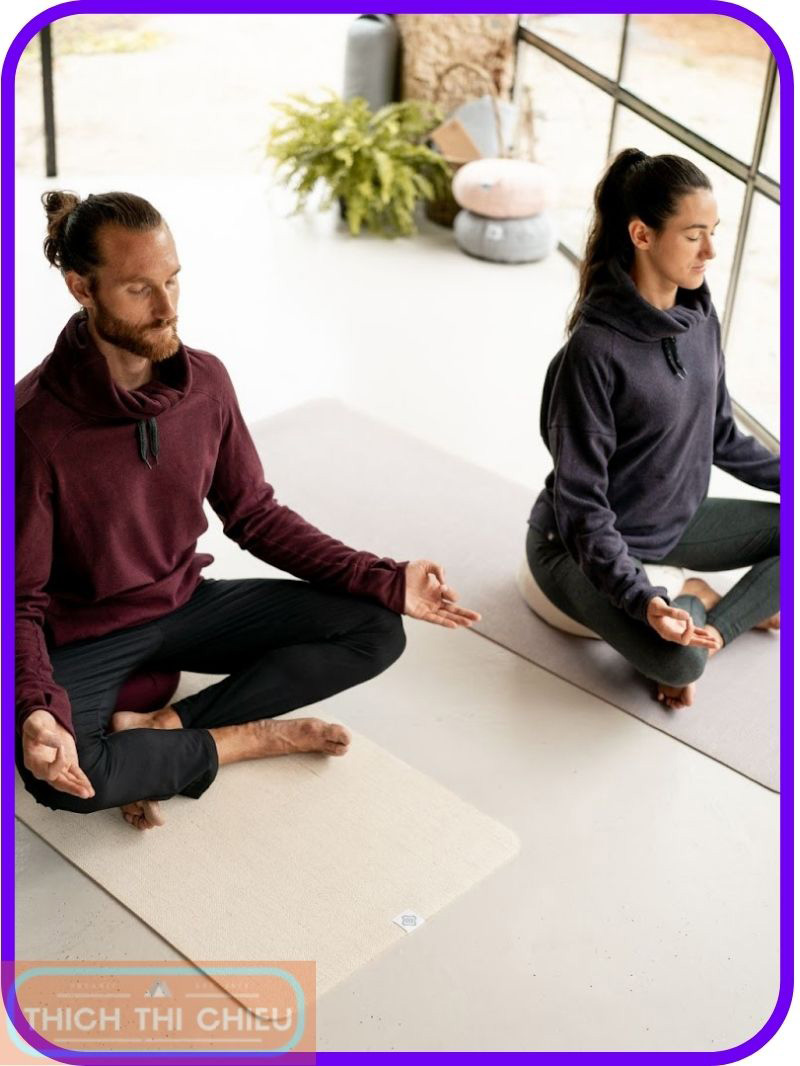In today’s fast-paced world, where distractions are constantly vying for our attention, maintaining focus and mental clarity can be a challenge. Amidst the constant influx of information and the demands of our daily lives, it’s easy to feel scattered and overwhelmed.
Yoga, an ancient practice rooted in mindfulness and physical discipline, offers a powerful tool to cultivate concentration and enhance mental clarity. Through physical postures, breathing techniques, and meditation practices, yoga cultivates a sense of calmness and inner stillness, allowing the mind to settle and focus.
In this article, we will explore the benefits of yoga for concentration and provide a step-by-step guide to a simple yoga
Benefits of Yoga for Concentration
Reduced Stress and Anxiety
Stress and anxiety are significant contributors to impaired concentration. Yoga’s ability to reduce stress and anxiety stems from its impact on the nervous system. By activating the parasympathetic nervous system, responsible for rest and relaxation, yoga counteracts the effects of the sympathetic nervous system, responsible for the “fight-or-flight” response.
Through deep breathing techniques and mindful movements, yoga promotes the release of endorphins, natural mood-boosting chemicals, and reduces the production of stress hormones, such as cortisol. This combination of effects leads to a calmer, more relaxed state, reducing stress-induced distractions and enhancing concentration.
Improved Memory and Attention
Yoga’s impact on memory and attention stems from its ability to enhance cognitive function. Studies have shown that regular yoga practice can improve working memory, the ability to hold and manipulate information in the mind. This enhanced working memory allows for better cognitive processing, task completion, and reduced distractions.
Yoga also promotes neuroplasticity, the brain’s ability to adapt and change. Through the formation of new neural connections, yoga enhances cognitive flexibility, the ability to switch between tasks and adapt to changing demands. This improved cognitive flexibility is crucial for maintaining focus and attention in a dynamic and demanding environment.
Enhanced Mindfulness and Self-Awareness
Mindfulness, the practice of focusing the mind on the present moment without judgment, lies at the heart of yoga. Through mindful breathing and body awareness exercises, yoga cultivates a sense of being fully present in the moment, reducing rumination and worry, and enhancing concentration.
Yoga also promotes self-awareness, the ability to recognize and understand one’s thoughts, emotions, and sensations. By observing their inner experiences without judgment, yogis gain a deeper understanding of their own patterns and triggers, enabling them to better manage distractions and maintain focus.
Yoga Exercises for Concentration
This step-by-step guide will introduce you to five yoga poses that can help you improve your concentration and mental clarity:
Mountain Pose (Tadasana)
Mountain Pose is a foundational yoga pose that helps establish proper alignment and grounding. It also promotes a sense of calmness and stability.
Instructions:
- Stand with feet together, big toes touching, and heels slightly apart.
- Ground through your feet, pressing evenly into the floor.
- Engage your thigh muscles and lift your kneecaps.
- Lengthen your spine, drawing your crown of your head towards the ceiling.
- Relax your shoulders and arms, letting them hang naturally at your sides.
- Hold for 5-10 breaths.
Plank Pose (Phalakasana)
Plank Pose is a challenging pose that strengthens your core, improves balance, and enhances concentration.
Instructions:
- Start in a push-up position with your hands shoulder-width apart, elbows directly under your shoulders.
- Engage your core muscles and keep your body in a straight line from head to heels.
- Avoid sagging your hips or raising your buttocks.
- Hold for as long as you can with proper form.
Warrior II Pose (Virabhadrasana II)
Warrior II Pose is a dynamic balancing pose that strengthens your legs, improves coordination, and enhances focus.
Instructions:
- From Mountain Pose, step one leg back about 3-4 feet, bending your front knee until it’s directly over your ankle.
- Extend your arms out to the sides, parallel to the floor, with palms facing down.
- Keep your gaze forward.
- Hold for 5-10 breaths on each side.
Eagle Pose (Garudasana)
Eagle Pose is a challenging pose that opens your hips, improves balance, and enhances mental clarity.
Instructions:
- Stand with feet hip-width apart.
- Cross your left arm over your right arm, bringing your palms together.
- Wrap your left elbow around your right elbow and rest your left palm against your right forearm.
- Bend your knees slightly and keep your spine straight.
- Hold for 5-10 breaths on each side.
Seated Forward Bend Pose (Paschimottanasana)
Seated Forward Bend Pose is a gentle pose that stretches your hamstrings, improves flexibility, and promotes relaxation.
Instructions:
- Sit on the floor with legs extended in front of you.
- Fold forward at the hips, reaching towards your toes.
- Keep your spine long and avoid rounding your back.
- If your hamstrings are tight, bend your knees slightly.
- Hold for 5-10 breaths.
Additional Tips for Enhancing Concentration with Yoga
In addition to incorporating yoga poses into your routine, here are some additional tips to help you enhance your concentration with yoga:
Regular Practice
The key to reaping the benefits of yoga for concentration lies in regular practice. Aim to practice yoga for at least 15-30 minutes most days of the week. Consistent practice allows your body and mind to adapt to the postures, breathing techniques, and meditation practices, leading to deeper concentration and mental clarity.
Finding a Quiet Space
Creating a tranquil and distraction-free environment is crucial for maximizing your yoga practice. Choose a quiet space in your home or a peaceful outdoor setting where you can focus fully on your practice without external disturbances. This will allow you to fully immerse yourself in the postures, breathing exercises, and meditation, enhancing your ability to concentrate.
Listening to Your Body
Honor your body’s limits and avoid pushing yourself beyond your capabilities. Yoga should be a mindful and enjoyable experience, not a source of pain or discomfort. Listen to your body’s signals and modify the poses as needed. If you experience any pain or discomfort, stop the pose and consult a qualified yoga instructor for guidance.
Combining with Meditation
Integrating meditation practices into your yoga routine can further deepen your focus and mental clarity. Meditation cultivates a state of stillness and mindfulness, allowing you to observe your thoughts and emotions without judgment. This mindful approach extends to your yoga practice, enhancing concentration and reducing distractions.
Seeking Guidance from a Qualified Instructor
If you are new to yoga or have any concerns about injuries or limitations, seeking guidance from a qualified yoga instructor is highly recommended. A knowledgeable instructor can provide personalized instruction and ensure you are practicing the poses safely and effectively. They can also offer tailored advice for your specific needs and goals.
By incorporating yoga exercises into your routine, you can effectively improve your focus, reduce distractions, and enhance your overall cognitive function. Embrace the transformative power of yoga and experience the benefits of a sharper, more focused mind. Hopefully, the above article of TTC has provided you with useful information. If you have any questions or concerns, please leave a comment below.












Leave a Reply